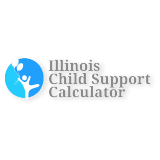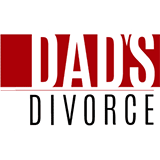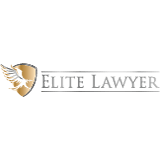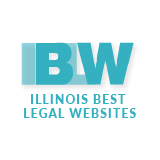
There are many situations where Americans may encounter financial struggles, and they may be unable to pay certain bills due to issues such as the loss of a job. However, missed payments can have consequences, and if a person defaults on their auto loan, the lender may repossess the car. In situations where a debtor is facing a potential repossession or where a lender has already taken possession of the vehicle, bankruptcy may be an option that will allow them to stop the repossession process.
Filing for Bankruptcy Before a Repossession Takes Place
In cases where a person has failed to make payments on an auto loan, bankruptcy can offer some protection against repossession. After filing a bankruptcy petition, an automatic stay is put in place. This means that creditors are prohibited from taking any collection action, including repossession. The automatic stay will remain in effect until the bankruptcy case is concluded.
...






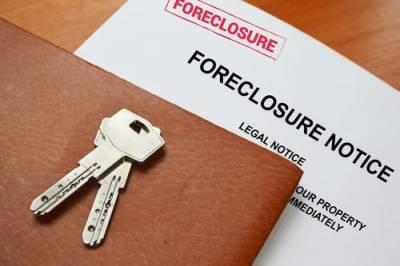 For anyone who owns a home, the possibility of
For anyone who owns a home, the possibility of 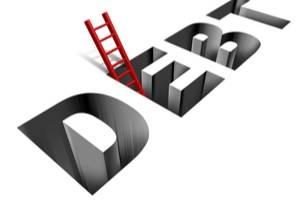 People who are looking to get out of debt may be unsure about their options for filing for
People who are looking to get out of debt may be unsure about their options for filing for  If you owe significant debts,
If you owe significant debts, 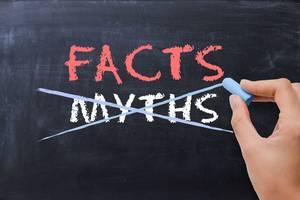 Nearly everyone has debts, and while some may be able to manage these issues successfully, others may have experienced significant financial difficulties that have affected their ability to repay what is owed while also addressing their ongoing living expenses. People in this situation may be regularly receiving calls or letters from creditors, and they may be worried that they could lose their home or other property, face lawsuits, or have their bank accounts seized or their wages garnished. Unfortunately, many people are hesitant to consider
Nearly everyone has debts, and while some may be able to manage these issues successfully, others may have experienced significant financial difficulties that have affected their ability to repay what is owed while also addressing their ongoing living expenses. People in this situation may be regularly receiving calls or letters from creditors, and they may be worried that they could lose their home or other property, face lawsuits, or have their bank accounts seized or their wages garnished. Unfortunately, many people are hesitant to consider 
